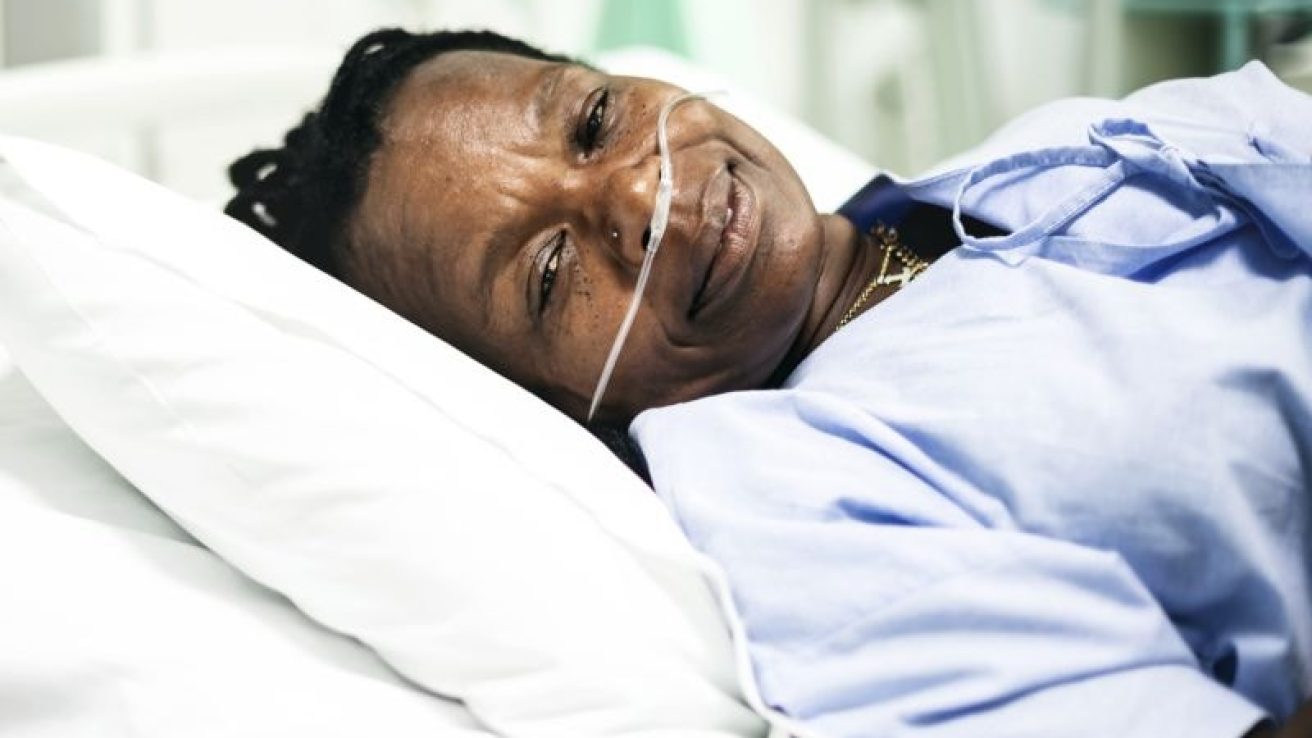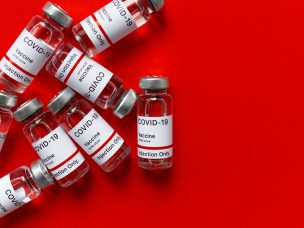WEDNESDAY, Oct. 14, 2020 (HealthDay News) — Black and Mixed/Other ethnicity are independently associated with greater hospital admission risk due to COVID-19 but are not associated with in-hospital mortality risk, according to a U.K. study published online Oct. 9 in EClinicalMedicine.
Rosita Zakeri, from King’s College London in the United Kingdom, and colleagues examined whether ethnic background affects the risk for hospital admission with severe COVID-19 and/or in-hospital mortality using data from 872 inner-city adult residents admitted to the hospital with confirmed COVID-19 and 3,488 matched controls randomly sampled from a primary health care database.
The researchers found that Black and Mixed/Other ethnicity were associated with higher hospital admission risk than White ethnicity (odds ratio [OR], 3.12 and 2.97, respectively). When adjusting for comorbidities and deprivation, this association was modestly reduced (OR, 2.24 for Black, 2.70 for Mixed/Other ethnicity). There was no association for higher admission risk with Asian ethnicity (adjusted OR, 1.01; 95 percent confidence interval [CI], 0.70 to 1.46). Among 1,827 adults consecutively admitted with COVID-19, 28.9 percent died during a median of eight days. Black race (adjusted hazard ratio [HR], 1.06; 95 percent CI, 0.82 to 1.37) and Mixed/Other ethnicity (adjusted HR, 0.72; 0.47-1.10) were not associated with in-hospital mortality; an association was observed for Asian ethnicity (adjusted HR, 1.71; 95 percent CI, 1.15-2.56).
“A substantial component of the increased risk in both settings remains after adjusting for deprivation measures and comorbidities, suggesting that additional ethnicity-related factors are important,” the authors write.
One author disclosed ties to the pharmaceutical and biotechnology industries.










